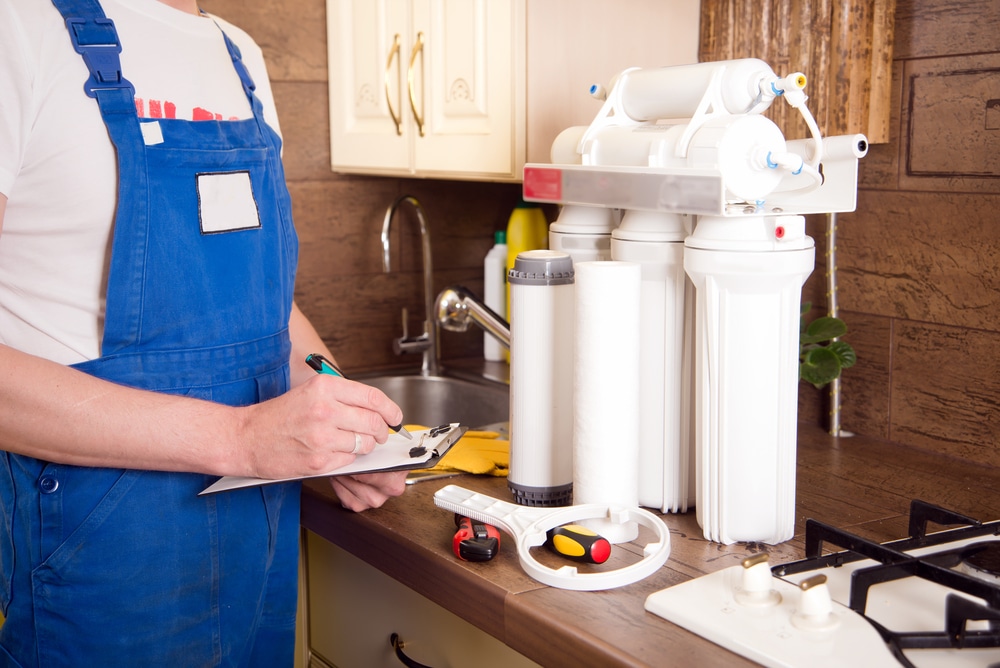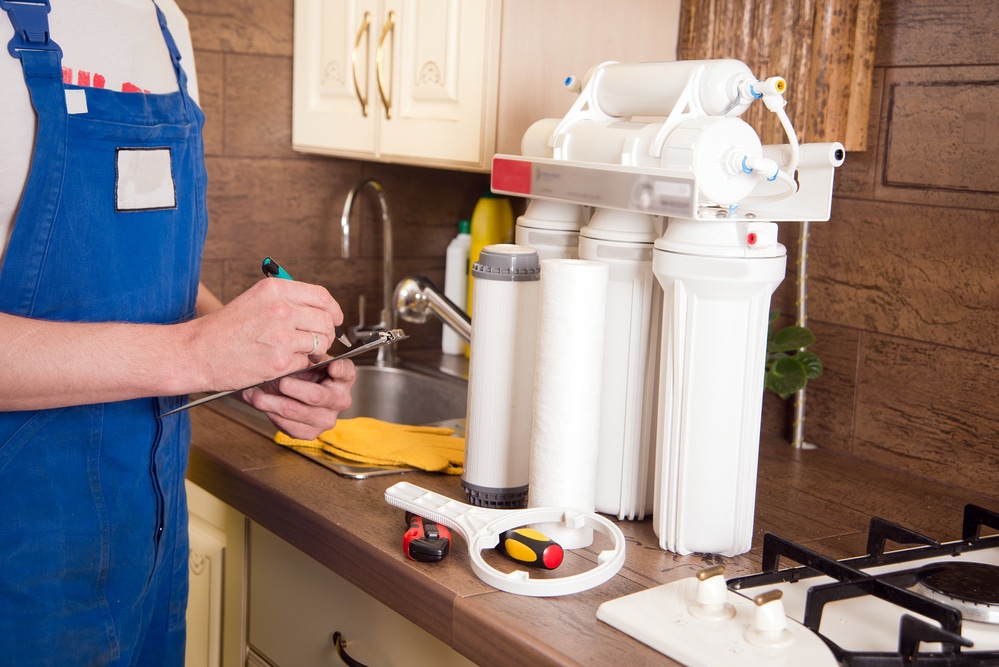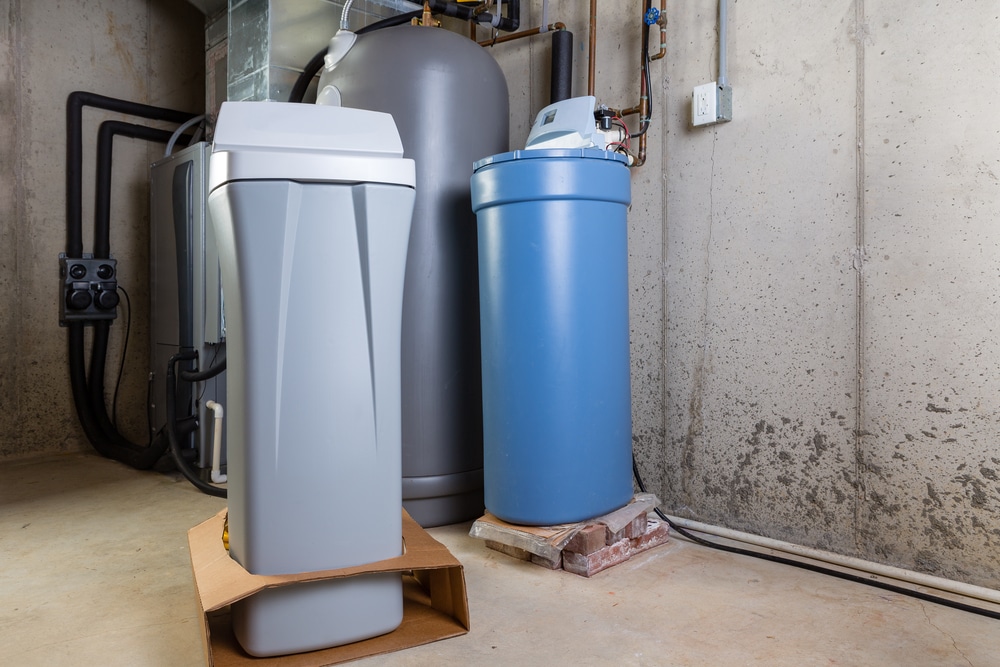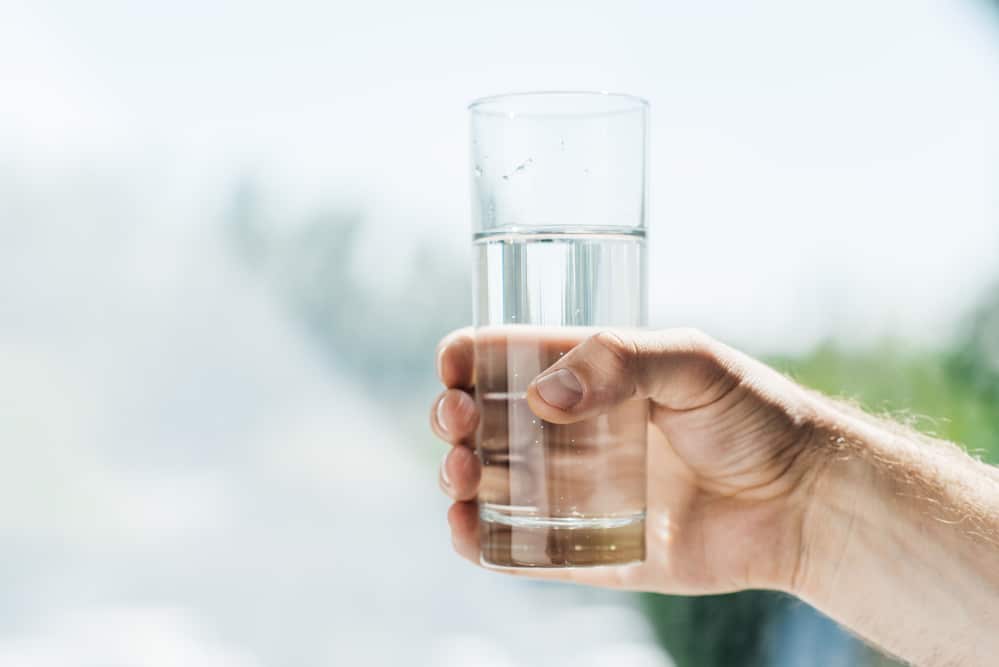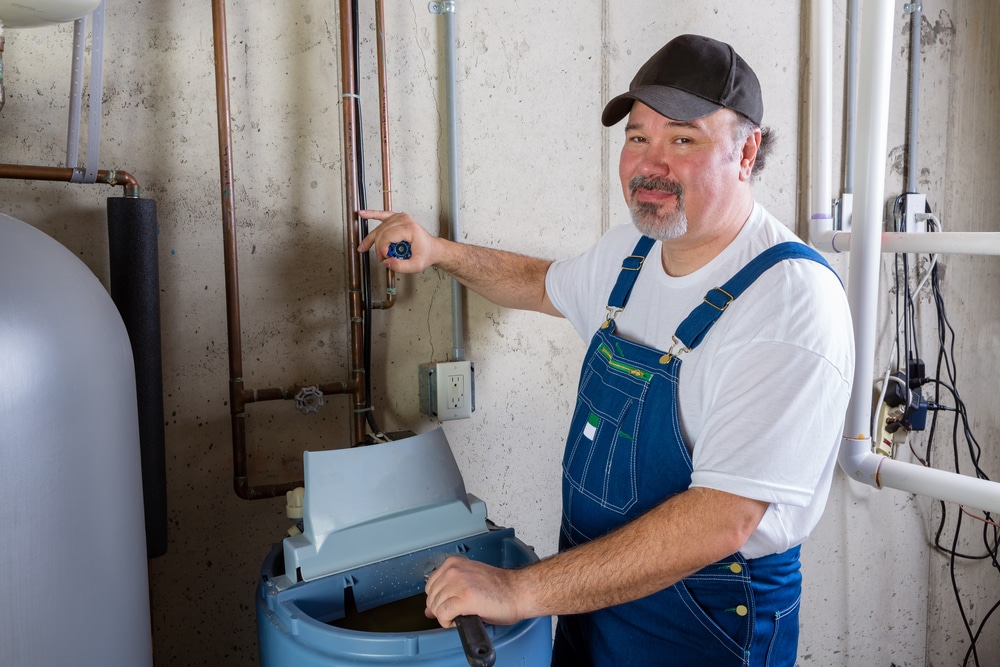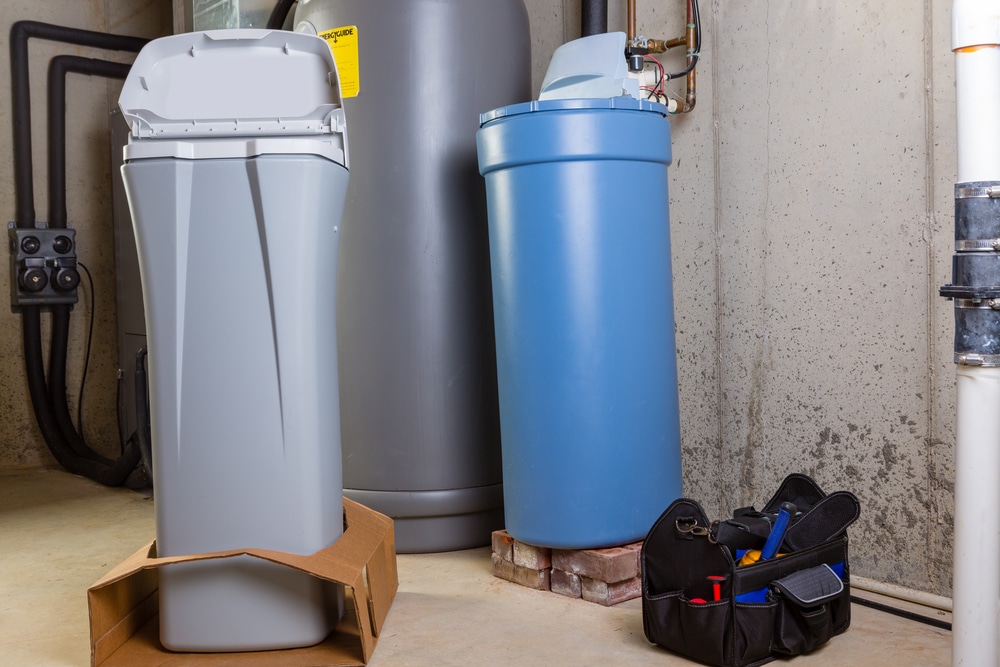If you’re worried about your household drinking water supply, you’re not alone. Independent research commissioned by the Water Quality Association (WQA) shows that many people across the country share your concerns.
A non-profit organization, the WQA tracks consumer opinions on water quality with national studies about once every two years. And according to their most recent data, Americans are growing increasingly less confident in their household supply. Here’s a look at the major findings from the WQA study and how to make sure your drinking water is safe.
Key Concerns Regarding Water Quality
When it comes to the quality of water from the household tap, people have several worries. The many reasons for not drinking it include:
- Concern about contaminants and pollutants in the supply
- Concern over whether it’s actually safe to consume
- Tap drinks don’t taste as good as store-bought bottles
- Water from the tap looks cloudy or has a strange odor
Compared to the results from the 2017 WQA study, these and other concerns regarding drinking water quality are on the rise. And, both those who get their supply from a municipal source and those with private wells are unsure about its safety.
Dealing with Drinking Water Quality Concerns
Most people have at least some familiarity with contaminants in the water supply, and many can name some of the major substances of concern. Consumers are growing more aware of the potential for quality issues, and most rely on bottled water or install home treatment systems.
However, WQA research reveals that many people have a limited understanding of the various types of treatment systems and how they compare. So, some consumers who invest on one may not get the greatest value or the best possible water quality.
Testing and Treating Your Drinking Water Supply
If you’re not confident in the quality of your household supply, getting it professionally tested is your first step – and the expert team at Kinetico Utah will perform one at no cost.
Homeowners throughout Utah have trusted us for water quality testing and high-quality treatment systems for over 30 years. We’ll take a sample, complete a thorough analysis and explain your options for getting better drinking water straight from the tap.
At Kinetico Utah, we offer a range of highly effective filtration, purification and softening systems. And, we back our products with a warranty that’s one of the best in the industry. Turn to us, and we’ll find a treatment solution that makes your household supply safe to drink and meets your budget.
For more information on Kinetico Utah or the treatment systems we install – or to arrange for a free, no-obligation household drinking water quality test – reach out to our office in Draper, Utah, today.




